…or how to start implementing ITIL 4 within your organization.
Table of Contents
Foreword
ITIL 4 was officially launched February 2019 with the ITIL 4 Foundation course and has since been extended with many different courses like the Create Deliver & Support, Direct Plan & Improve any many more, allowing IT managers and professionals to upgrade their existing ITIL v3 credentials or jump right into this amazing new world of opportunities from scratch.
For an overview of all available courses, take a look at the official ITIL 4 Certification Scheme.
What are Practices?
ITIL defines practices as a set of organizational resources that have been designed to work together for performing work and achieving objectives.
Practices are the new black…I mean the new ITSM processes (think about Incident Management, Problem Management, Change Enablement and friends)
And interestingly, also functions from ITIL v3 like the Service Desk are now known as Practices, because they are sets of organizational resources (people, infrastructure, work instructions, knowledge) that have been designed to work together (take calls, handle tickets, ensure customer satisfaction) to achieve objectives (increasing general user satisfaction, better SLA result, better ticket quality, etc…).
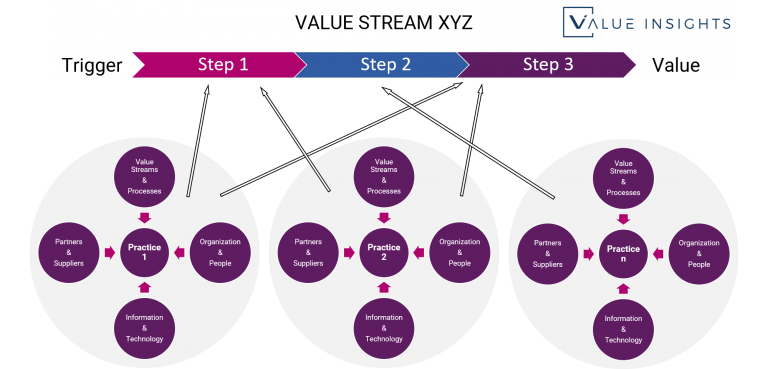
The ITIL 4 Practice Guides
ITIL 4 might have given us the impression that actual guidance on practices (previously known as ITSM processes) is missing.
If you look at the foundation material, some of the most important ones are mentioned, like Incident Management, Problem Management and Change Enablement. However, there are no flowcharts, value streams or any other documentation on how these practices should be implemented and executed.
Looking at the advanced courses and materials, I faced the same situation. Different practices are mentioned and stressed in different modules, but no actual guidance or details.
If you remember ITIL 3, we had clear process maps for each process. Those were quite valuable to most organizations, as they acted as a common baseline for individual process definitions. They were industry standards and well acknowledged representations of best practices.
Now, with ITIL 4, we have much more flexibility. We are free to design our own value streams, allowing us to fully concentrate on the customer / consumer value they are supposed to facilitate. But too much flexibility can be a challenge as well, especially, if an organization does not have too much routine in defining processes and practices.
Luckily, PeopleCert responded to the needs of the Service Management world and presented the official ITIL 4 Practice Guides, a set of documentations for each individual practice, including all the details one might need. Please note that, you need an active PeopleCert Plus Subscription, which is included in our ITIL 4 training packages. Otherwise, you can get it individually for EUR 121 / year directly from PeopleCert or at a discounted EUR 99 / year with our partner pricing (believe me, it is absolutely worth it).
Why do you need the Practice Guides?
- They give you a concise and practical overview for all ITIL 4 Practices
- They are the best starting point when you look into implementing ITIL 4 and have no idea where to start
- They provide a common language, applicable in any industry
- And last but not least, they make your life easier, as you don’t need to start from scratch (applying the ITIL 4 Guiding Principle “Start where you are”)
PS: please note that PeopleCert strongly states that the Practice Guides act as a helpful starting point, they are recommendations, but they are not a “must follow” and they are not prescriptive. Apply them to your own specific context, and always keep the Seven Guiding Principles in mind while doing so:
- Focus on value
- Start where you are
- Progress iteratively with feedback
- Collaborate and promote visibility
- Think and work holistically
- Keep it simple and practical
- Optimize and automate
Where to find the ITIL 4 Practice Guides?
- Login in with your PeopleCert account at https://www.peoplecert.org/ or create a new account
- Make sure, that your PeopleCert Plus Membership is active
- Navigate to “My Resources” and select “Library”
- In the filters, set the following
- Type = Official Practice Guide
- Certificate = ITIL 4 Practice
- Language = select your preference
- Look up your desired Practice Guide and click “Learn more”
- This will lead you to the overview
- Now click “Read now” to open PeopleCert’s e-book tool, where you can read everything
- There is an app available for offline reading as well. You can reach it by clicking on the three dots in the right upper corner
What do they contain?
Unfortunately, I cannot go into details here as they are the property of PeopleCert and you would need to buy their subscription first. Furthermore, it would make this article a 500-page document, which would be quite unreadable.
So, here just a summary of sections you will find in those much awaited Practice Guides:
- Most common PSFs (Practice Success Factors)
- Related example KPIs (Key Performance Indicators)
- An overview to which Service Value Chain activity it contributes most
- An example flowchart (probably the thing we have missed most since ITIL v3)
- Details on how the practice should consider the 4 Dimensions of Service Management (VOIP = Value streams & processes, Organization & people, Information & technology, Partners & suppliers)
Conclusion
The ITIL 4 Practice Guides are a “must read” for all ITIL 4 enthusiasts (like myself), early adopters and practitioners.
They provide a great overview and guidance, allowing organizations in any industry to easily adopt them.
In case you want to dive deeper into this topic, check out our ITIL 4 Foundation training offering.
If you have any additional question or if you are looking for further discussions on this topic, please feel free to leave us a comment, reach us on [email protected] or simply contact us!
Related Blog Posts
Our Mock Exams
-
ITIL 4 Foundation Musterprüfung – 280 Übungsfragen
€ 19,99Original price was: € 19,99.€ 15,99Current price is: € 15,99. -
ITIL 4 Foundation Mock Exam Pack – 280 Practice Questions
€ 19,99Original price was: € 19,99.€ 15,99Current price is: € 15,99. -
ITIL 4 Foundation Mock Exam Pack – 160 Practice Questions
€ 15,99Original price was: € 15,99.€ 9,99Current price is: € 9,99. -
ITIL 4 Foundation Pack Examens Blancs – 280 Questions
€ 19,99Original price was: € 19,99.€ 15,99Current price is: € 15,99. -
ITIL 4 Foundation Pack Examens Blancs – 160 Questions
€ 15,99Original price was: € 15,99.€ 9,99Current price is: € 9,99. -
ITIL 4 Foundation Musterprüfung – 160 Übungsfragen
€ 15,99Original price was: € 15,99.€ 9,99Current price is: € 9,99.
Most Popular Posts
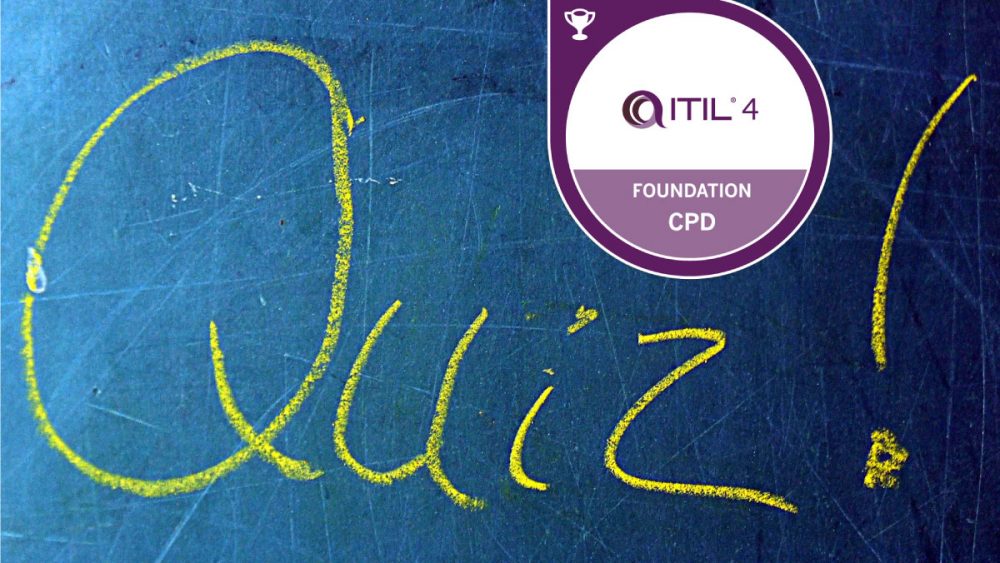 Are you ready to pass the ITIL®4 Foundation exam?... 214.8k views | 111 comments
Are you ready to pass the ITIL®4 Foundation exam?... 214.8k views | 111 comments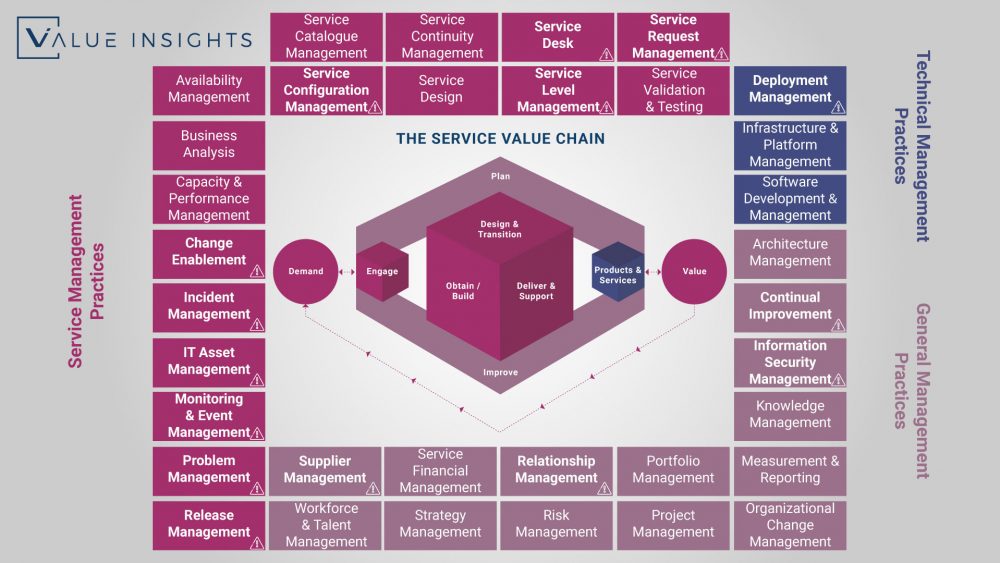 The ITIL 4 Practices Overview 88.2k views | 1 comment
The ITIL 4 Practices Overview 88.2k views | 1 comment Ready for PRINCE2 Foundation? Check this 40 FREE s... 42.8k views | 24 comments
Ready for PRINCE2 Foundation? Check this 40 FREE s... 42.8k views | 24 comments How to get the ITIL 4 Foundation Digital Badge 36.1k views | 11 comments
How to get the ITIL 4 Foundation Digital Badge 36.1k views | 11 comments Are you ready to pass the ITIL®4 Foundation exam?... 35.7k views | 0 comments
Are you ready to pass the ITIL®4 Foundation exam?... 35.7k views | 0 comments


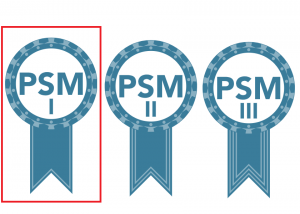


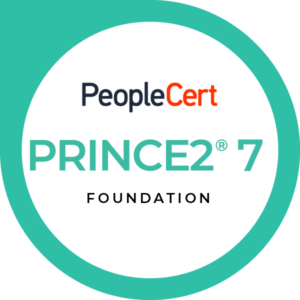


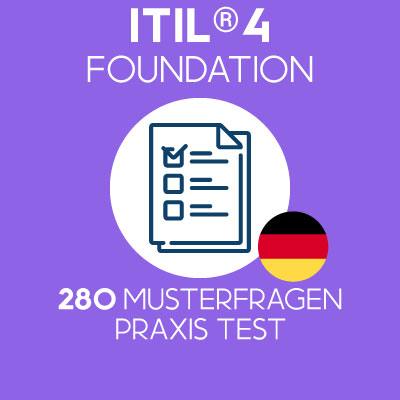
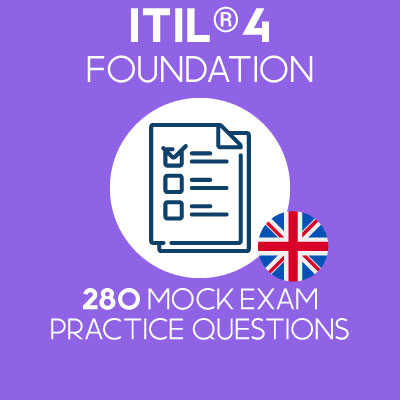
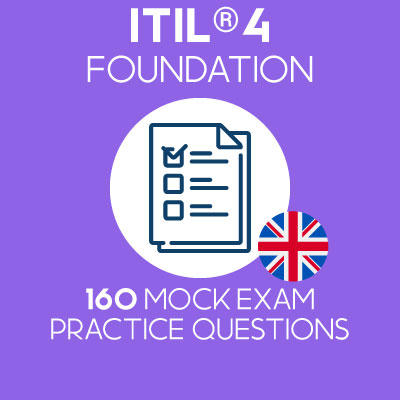
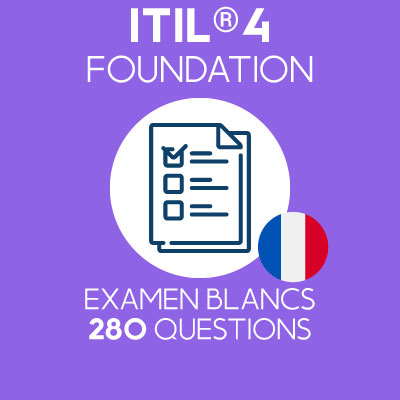
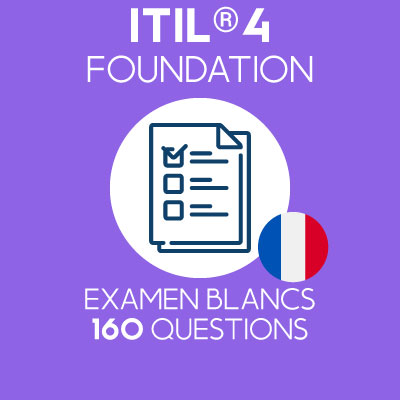
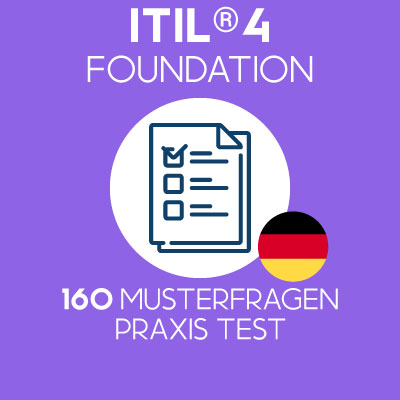
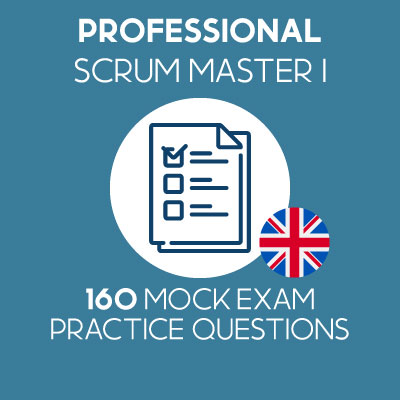
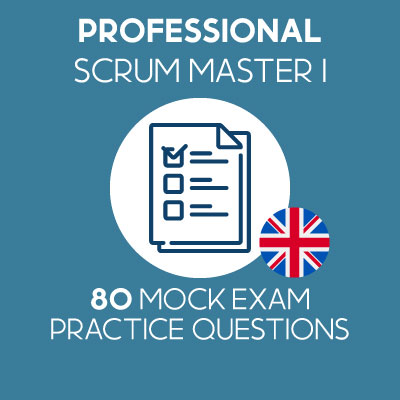
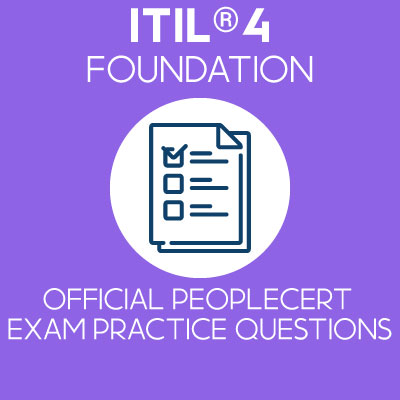
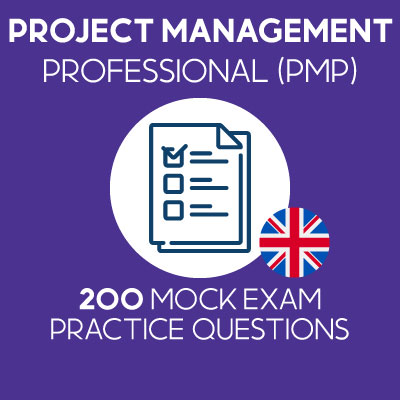
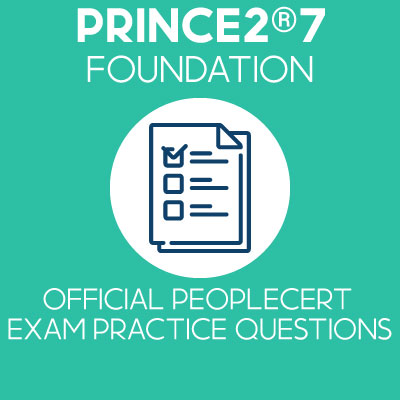
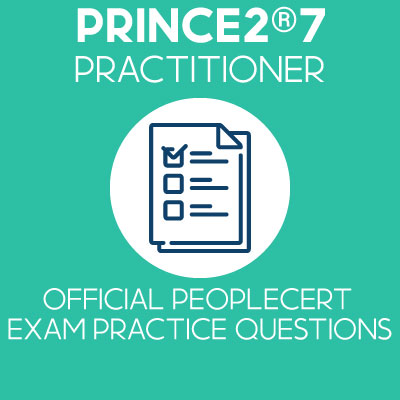
Hi Alex,
My name is Gabriel. I’m studying ITILv4 and enjoy your insights and articles. I really struggle (maybe it’s an advanced age thing) to differentiate between Processes and Practices, especially with reference to the Cobit processes and the evolution from Processes to Practices V3 to V4.
Do the processes in Cobit differ from the Practices in ITILv4 ?
Would you mind if we communicate ?
Best Regards
Gabriel Verhoef
Dear Gabriel,
Thanks a lot for reaching out and for your kind feedback.
I do understand your struggle to differentiate processes from practices.
In the end, it is just a new wording, which aims to highlight the fact, that processes are not only about flow-charts and pre-defined steps, but also about the other service management dimensions.
Meaning, that when you design or redesign a process/practice, you need to consider other factors as well, e.g. corporate culture, the way how value is co-created in your org. and what partners you might need to do so.
All the best,
alex
I am happy to help in case of more questions. You can reach me directly via mail as well: [email protected]